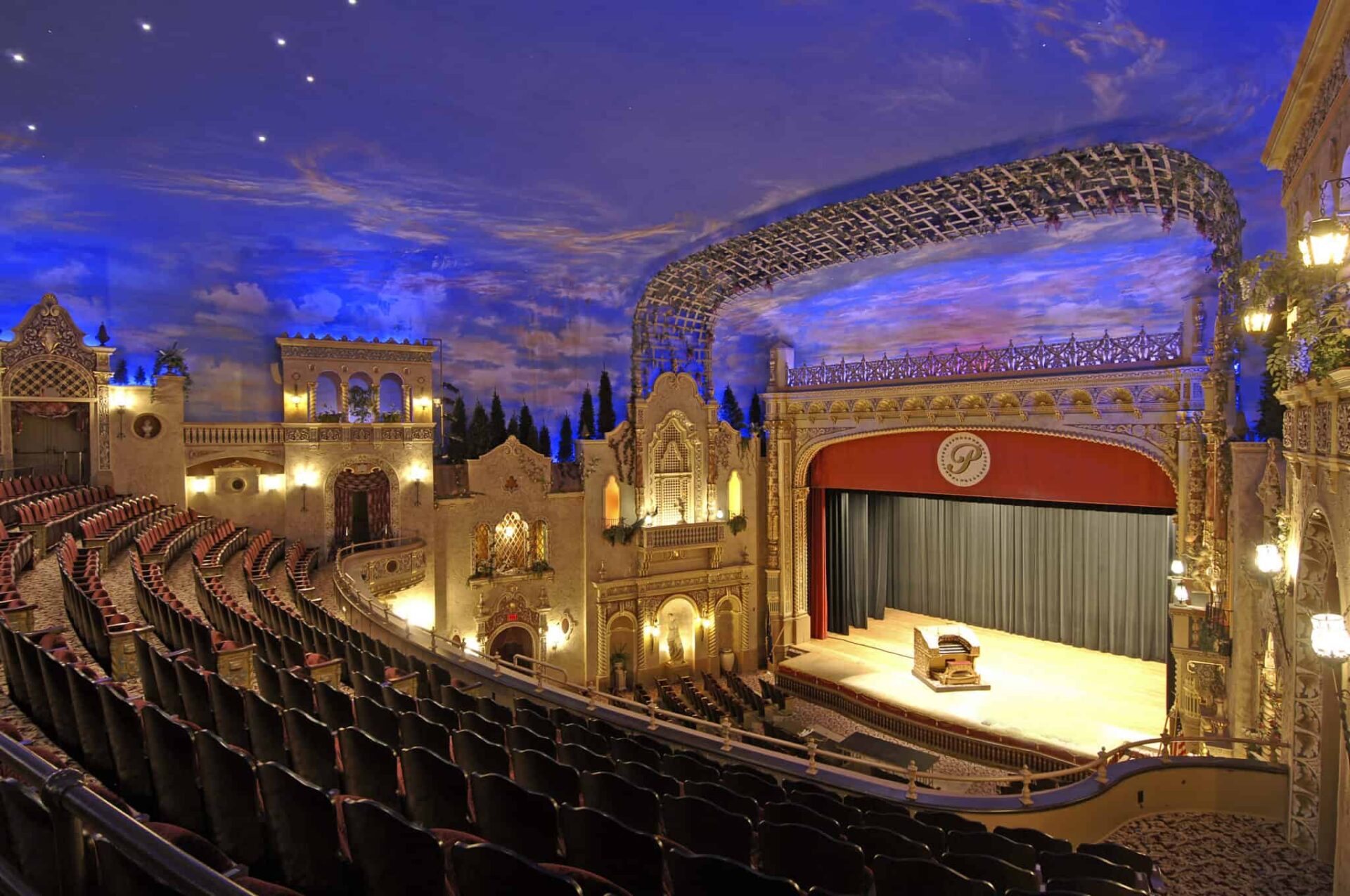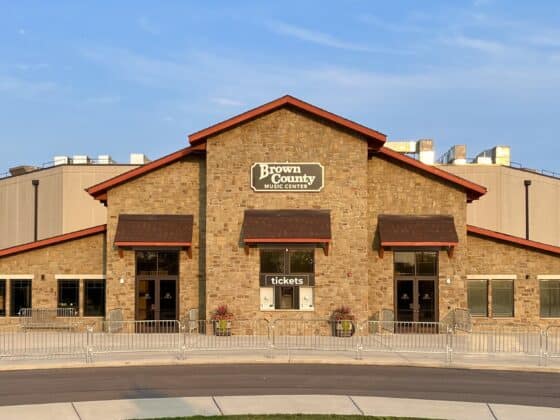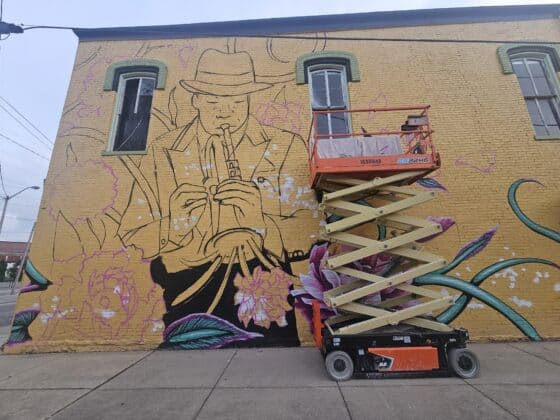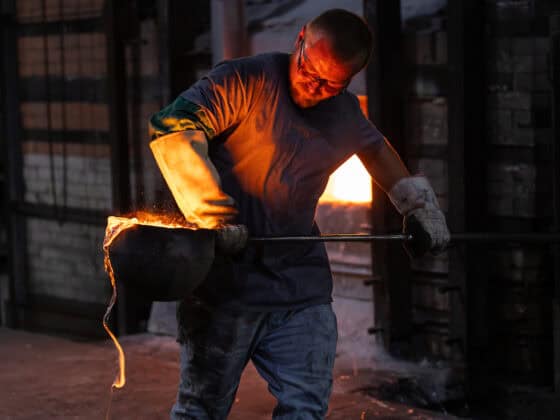BY DAVID NILSEN
PHOTOS BY DAVID NILSEN
On August 20, 1929, the doors of the majestic Paramount Theatre in Anderson, Indiana, opened for the first time. Its 1,700 seats were filled with revelers to watch the Marx Brothers film The Cocoanuts. Seventy years later, a wrecking ball was poised to level the once proud structure, which had fallen into disrepair in the wake of the industrial town’s economic struggles.

Fortunately, a community group was able to save the structure, and the Paramount has since been restored to its former glory, now playing host to ballets, plays, concerts, and numerous other events. Stepping into this opulent performance space is like peering through a window into a more elegant age.
The Paramount was designed by famed architect John Eberson, who was renowned for his “atmospheric theaters” that immersed visitors into simulated exotic locales. He designed the Aragon Ballroom in Chicago, which is still a popular concert venue, the Embassy Theatre in Fort Wayne (similarly restored), and dozens of other venues during the golden age of cinema and stage palaces.
Eberson designed the Paramount to evoke a Spanish courtyard at night. Facades of Spanish villas cover both walls, adorned by greenery, birds, and statuary. A painted ceiling mimics the sky at sunset, while tiny ceiling lights simulate a starry sky when the house lights come down. It’s a breathtaking spectacle.

Many great performers graced the Paramount stage during its glory years, from Gene Autry to Johnny Cash. By the 1970s, however, the building had begun its decline, and by 1989 the city of Anderson was preparing to raze the structure to make room for a parking lot. A community group ultimately purchased the Paramount for $1 with a promise to restore Anderson’s crown jewel. Randal Hammel, executive director of the Paramount, remembers the daunting task that faced the group.
“When they first came in, there was water running down the aisles. They looked up, and they thought there was a fog in the room, but it was mold spores just floating around in the air.”

Despite the toll the years had taken, the group was able to quickly get the theater into usable condition for a fundraiser show, and a full-scale restoration followed that included not only the magnificent main theater, but also the 6,000-square-foot ballroom, which features an original hardwood dance floor and Art Deco accoutrements—a space that had not been used since the 1940s.
The attention-grabbing lighted blade sign hanging from the front of the theater was too damaged to repair, but an exact working replica was donated to the theater and now shines proudly on the Meridian Street facade above the original lighted marquee.
One of the treasures of the Paramount is its grand Page pipe organ. About 150 were originally built and installed in movie palaces in the 1920s to accompany silent films, but most have been lost to time. The Paramount Page organ is one of only three working examples in the world being used at its original installation. The pipe system was fully restored in the early 1990s and is once again in use nearly 90 years after it was first ensconced at the Paramount.
The Paramount today is a bustling performance center once again. The Anderson Symphony Orchestra and Anderson Young Ballet regularly perform here, and traveling dance and performance troupes grace the Paramount stage throughout the year. Concerts and silent film screenings round out the schedule. Additionally, the ballroom is available for wedding receptions, proms, and other community events.
While the Paramount is a sight to behold, this grandeur is difficult and expensive to maintain. The 90-year-old building needs constant repairs, and several big projects are waiting for funds. Still, Hammel is optimistic, and his eyes light up when he talks about Paramount Vision, his long-term plan to see the theatre reach its full potential which would include an audio visual upgrade, repairs to the structure, and an expansion of the backstage area to allow for more elaborate sets and performances.
After several tough economic decades, downtown Anderson is rebounding a big way, with breweries and eateries opening up and the nearby State Theatre planning a restoration in 2018. The Paramount Theatre is poised to be a big part of this town’s renewal, and is well worth a trip to eastern Indiana for a tour back in time.












